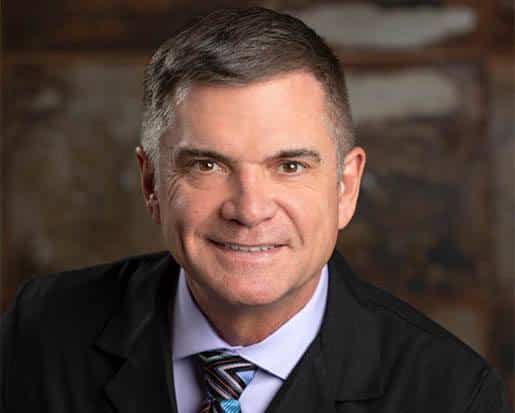Meet Our Doctors
Our doctors at Vold Vision are leading specialists in their fields, with multiple awards and multiple years of experience. We are dedicated to providing the best patient care in Northwest Arkansas and beyond.
Take the Next Step
To schedule a consultation, fill out the consultation request form below, or call or text (479) 442-8653.









